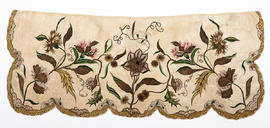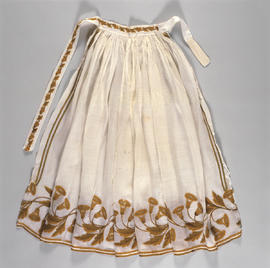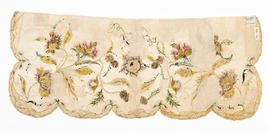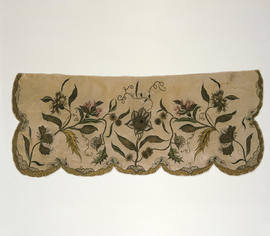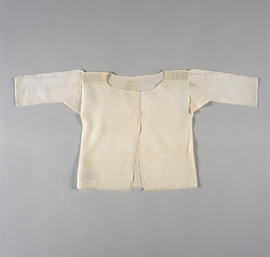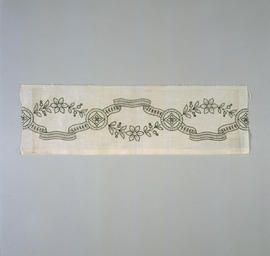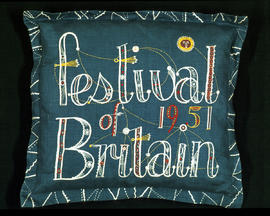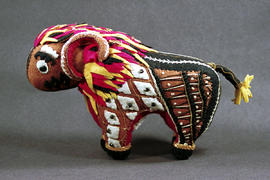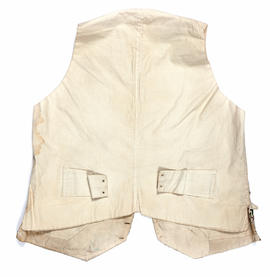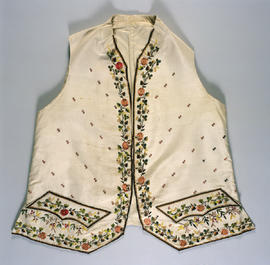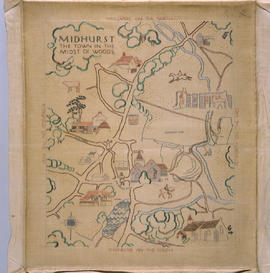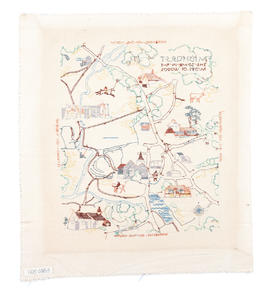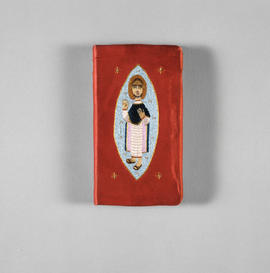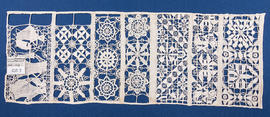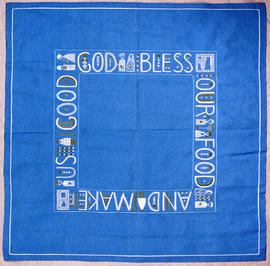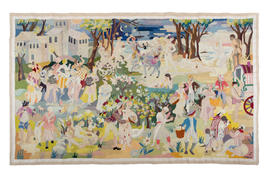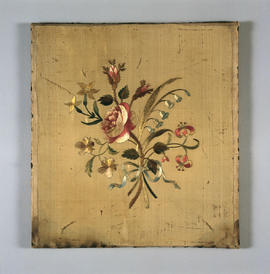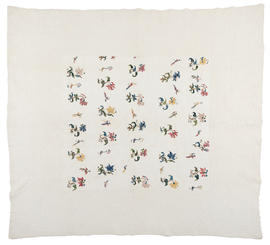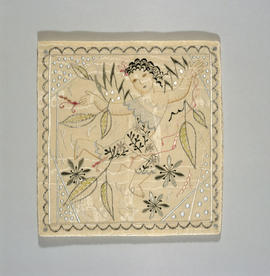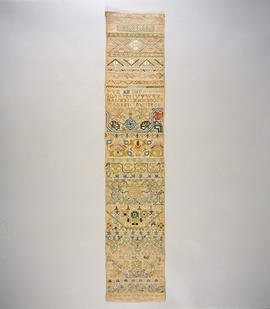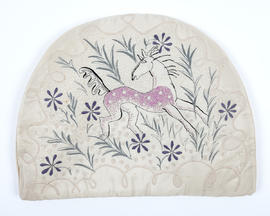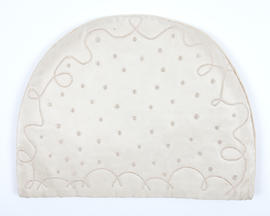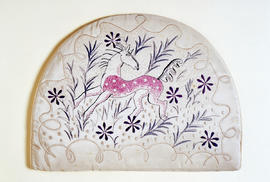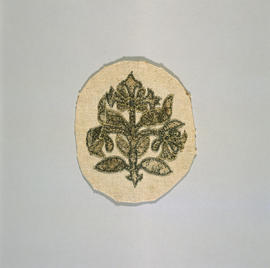Since its opening in 1845, The Glasgow School of Art has been connected to textile design and production.
During the 19th and early 20th centuries the School aimed to train local designers to produce patterns for the textile industry in Glasgow and the West of Scotland. In the 1890s, the School's embroidery department was established and soon became famous for the Glasgow Style pieces its staff and students produced (examples of such work are housed in the School's collections).
Jessie Newbery (1864-1948), the first head of this department, encouraged her students to study historical designs and textiles in order to understand different embroidery techniques and to use these items as a source of inspiration for the development of new original work. This teaching ethos continued to be used in the 20th century during which time the School also developed courses in textile printing, weave and knit.
A large number of the items in the School's collection are related to The Needlework Development Scheme (1934-1962). This scheme, sponsored by J & P Coats of Paisley, collected examples of embroidery from a variety of geographical and historical areas and made them available for use by educational institutions and embroidery groups. The scheme aimed to encouraging greater interest in needlework, and to improve the standard of embroidery techniques and designs. When the scheme ended, its collections were disseminated to a variety of organisations. The Glasgow School of Art received 125 items dating from 1652-1961 and originating from Britain, Europe and Asia.
Amongst other items of note in the School's collections are weave sample books from Donald Brothers Ltd, Dundee and examples of work by Kath Whyte (1909-1996), GSA's former Head of Embroidery, and her students.
Related publications:
Liz Arthur, Textile Treasures at the Glasgow School of Art;
Liz Arthur, The Unbroken Thread: A Century of Embroidery at Glasgow School of Art;
Thomasina Beck, Glasgow Girls: Women in Art and Design 1880-1920;
Kathleen Whyte, Design in Embroidery;
R.Oddy. Embroideries from Needlework development scheme;
J. Taylor, The Glasgow School of Embroidery in 'The Studio';
Needlework development scheme, Contemporary Embroideries;
Margaret Swanson, Needlecraft in School;
Margaret Swanson; Needle craft for Older Girls;
Margaret Swanson, Needle craft and Psychology;
Margaret Swanson and Ann Macbeth, Educational Needle craft.

